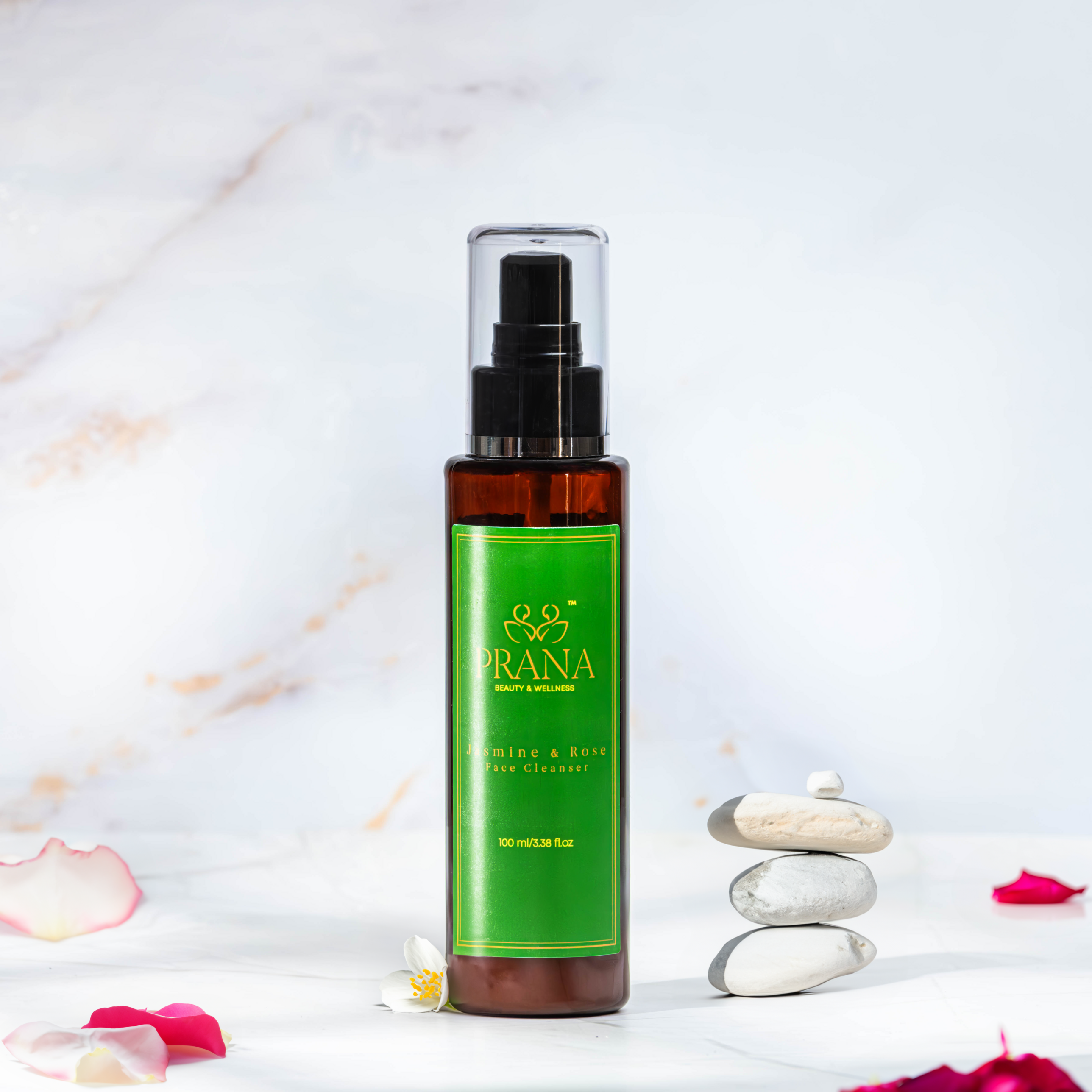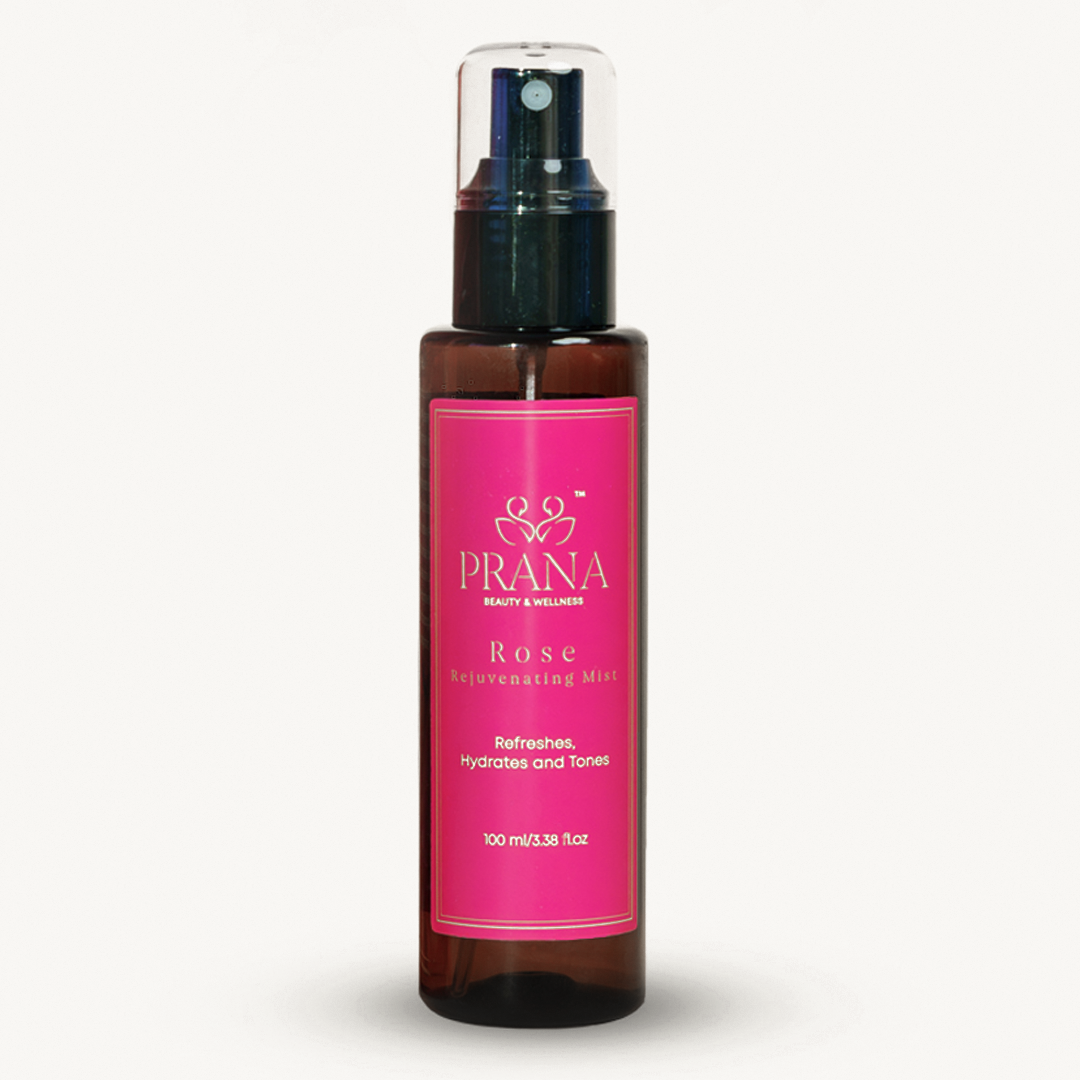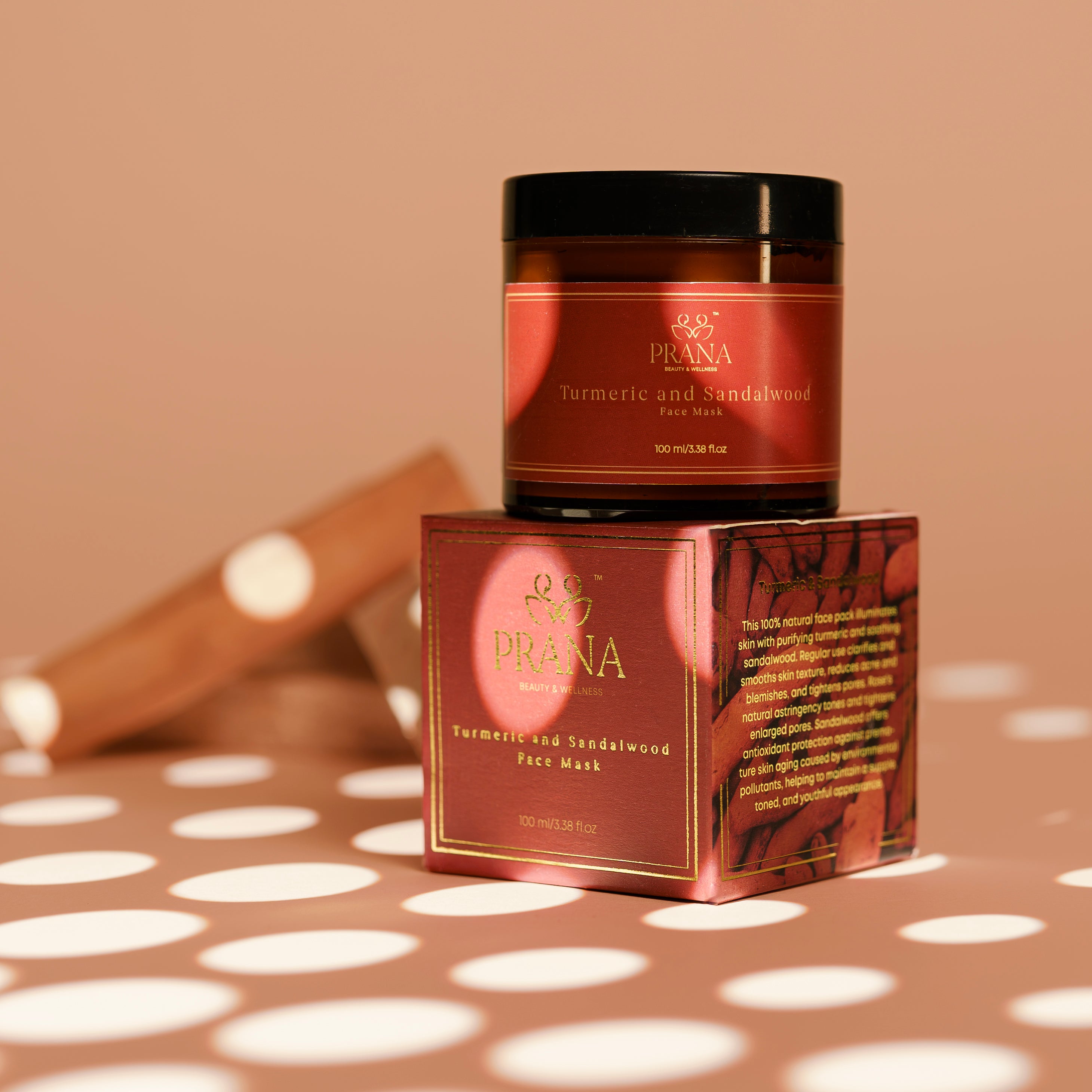Does Sandalwood Tighten Skin? Benefits, Science, and How to Use It

Sandalwood has been treasured for centuries across cultures for its distinctive aroma and remarkable skincare benefits. This ancient ingredient, revered in Ayurvedic traditions, has recently gained attention for its potential skin-tightening properties. But does sandalwood actually tighten skin? In this comprehensive guide, we'll explore the science behind sandalwood's effects on skin elasticity, examine traditional wisdom, and provide practical ways to incorporate this natural wonder into your skincare routine for firmer, more youthful-looking skin.
What Is Sandalwood? A Historical and Cultural Perspective
Sandalwood has been used in skincare rituals for thousands of years
Sandalwood, known as Chandan in Sanskrit, is derived from the heartwood of Santalum album (Indian sandalwood) and other Santalum species. For over 4,000 years, this aromatic wood has held a sacred place in religious ceremonies, perfumery, and traditional medicine systems across India, China, and the Middle East.
In Ayurveda, India's ancient healing system, sandalwood is classified as having cooling and balancing properties that pacify Pitta and Vata doshas. This makes it particularly effective for skin conditions characterized by inflammation, excess oil, or dryness. Its historical use for skin tightening dates back to royal beauty rituals, where sandalwood paste was applied to maintain youthful, firm skin.
Beyond its cosmetic applications, sandalwood has been valued for its calming effects on both mind and body. This holistic approach to beauty—treating skin concerns while promoting mental wellbeing—aligns perfectly with contemporary interest in natural, multi-benefit skincare ingredients.
Sandalwood and Skin Tightening: Examining the Claims
The claim that sandalwood tightens skin isn't just folklore—it has some scientific backing. Let's examine what research tells us about sandalwood's skin-tightening capabilities and how it works at a cellular level.
Scientific Evidence for Sandalwood's Astringent Properties
Sandalwood contains natural astringent compounds that temporarily contract and tighten skin tissues. This astringent action helps minimize the appearance of pores and creates a firmer skin surface. A 2019 study published in the Journal of Ethnopharmacology confirmed that sandalwood extract demonstrated significant astringent effects when applied topically.
Furthermore, research published in the Archives of Dermatological Research found that sandalwood oil activated olfactory receptors in skin cells, promoting cell proliferation and wound healing. This cellular regeneration process contributes to improved skin elasticity and firmness over time.
Active Compounds and Their Mechanisms
Sandalwood's skin-tightening effects can be attributed to several key compounds:
-
Alpha and Beta Santalol: These primary constituents make up 90% of sandalwood oil and possess anti-inflammatory and antioxidant properties that protect skin from oxidative stress—a major cause of collagen breakdown and skin sagging.
-
Santyl Acetate: This compound contributes to sandalwood's astringent properties, helping to temporarily tighten skin and reduce the appearance of pores.
-
Santalenes: These molecules have been shown to support skin cell renewal and improve overall skin texture.
-
Tannins: Present in sandalwood powder, these compounds bind to proteins in the skin, creating a temporary tightening effect while also providing antioxidant benefits.
"Sandalwood contains alpha-santalol, which has been shown to regulate sebum production while simultaneously promoting cell regeneration. This dual action helps maintain skin's elasticity and firmness without causing dryness, making it uniquely effective for skin tightening compared to harsher astringents." - Dr. Anjali Mahto, Consultant Dermatologist
Dr. Anjali Mahto, Consultant Dermatologist
Traditional Wisdom: Ayurvedic Perspectives
In Ayurvedic medicine, sandalwood is revered for its "Twachya" property—meaning it benefits the skin by improving tone and texture. Traditional practitioners have long used sandalwood to address signs of aging, including loss of firmness.
According to Ayurvedic texts, sandalwood works by balancing the Pitta dosha (associated with heat and inflammation) and supporting proper circulation to the skin. This balance promotes what Ayurveda calls "Ojus"—the subtle essence responsible for skin's natural glow and resilience.
Traditional Ayurvedic preparation of sandalwood paste for skin treatments
How to Use Sandalwood for Skin Tightening: Practical Methods
Now that we understand the science behind sandalwood's skin-tightening effects, let's explore practical ways to incorporate it into your skincare routine.
Sandalwood Powder Face Masks
Sandalwood powder is perhaps the most versatile form for creating effective skin-tightening treatments at home. Here are two proven recipes:
Sandalwood and Yogurt Firming Mask
Ingredients:
-
2 tablespoons sandalwood powder
-
1 tablespoon plain yogurt (full-fat works best)
-
1 teaspoon honey
-
3-4 drops rose water
Instructions:
Combine all ingredients in a small bowl until you achieve a smooth paste.
Cleanse your face and apply the mask evenly, avoiding the eye area.
Leave on for 15-20 minutes until it begins to dry but isn't completely hardened.
Rinse with lukewarm water using gentle circular motions.
Follow with your favorite moisturizer.
Use: 1-2 times weekly for best results.
Sandalwood and Multani Mitti Pore-Tightening Mask
Ingredients:
-
1 tablespoon sandalwood powder
-
1 tablespoon multani mitti (fuller's earth)
-
1 teaspoon lemon juice (reduce if you have sensitive skin)
-
Rose water (enough to form a paste)
Instructions:
Mix the dry ingredients first, then add lemon juice.
Gradually add rose water until you achieve a smooth consistency.
Apply to clean skin, focusing on areas with enlarged pores.
Allow to dry for 10-15 minutes.
Rinse with cool water and pat dry.
Use: Once weekly, especially effective for oily skin types.
Freshly prepared sandalwood face mask ready for application
Get Your Free Sandalwood Skincare Guide
Want more exclusive sandalwood recipes and application techniques? Subscribe to our newsletter and receive our comprehensive guide with 10 additional sandalwood formulations for different skin concerns.
Commercial Products with Sandalwood
If DIY isn't your preference, numerous commercial products harness sandalwood's skin-tightening benefits:
Sandalwood Facial Oils
These concentrated formulations deliver sandalwood's active compounds directly to the skin. Look for products containing at least 0.5% sandalwood essential oil blended with carrier oils like jojoba or argan.
Firming Creams with Sandalwood
These products typically combine sandalwood with complementary ingredients like peptides or hyaluronic acid for enhanced firming effects. Ideal for daily use in your regular skincare routine.
Sandalwood Clay Masks
These ready-to-use masks combine sandalwood with clays like kaolin or bentonite for enhanced pore-tightening and firming benefits. Perfect for weekly treatments.
Precautions for Sensitive Skin
While sandalwood is generally well-tolerated, those with sensitive skin should take these precautions:
-
Always perform a patch test 24 hours before applying any sandalwood product to your face
-
Start with a lower concentration (mix with more carrier ingredients)
-
Avoid combining with other potentially irritating ingredients like high concentrations of essential oils
-
If using lemon juice in recipes, reduce the amount or substitute with gentler acids like a small amount of apple cider vinegar
-
Discontinue use if redness, irritation, or discomfort occurs
The Science Behind Sandalwood's Skin Benefits
Recent scientific research has uncovered fascinating mechanisms behind sandalwood's skin-tightening effects that go beyond its traditional astringent properties.
Cellular Communication
A groundbreaking 2014 study published in the Journal of Investigative Dermatology discovered that skin cells contain olfactory receptors that respond to sandalwood compounds. When these receptors are activated, they trigger accelerated cell proliferation and migration—processes essential for wound healing and skin regeneration.
This cellular communication pathway helps explain why sandalwood doesn't just temporarily tighten skin but may actually improve its structure over time. By promoting cell turnover and renewal, sandalwood helps maintain the skin's supportive matrix, which is crucial for firmness and elasticity.
Collagen Protection
Sandalwood's rich antioxidant profile helps protect existing collagen from degradation caused by free radicals. A 2018 study in the International Journal of Cosmetic Science demonstrated that sandalwood extract significantly reduced collagen breakdown in skin samples exposed to UV radiation.
Since collagen is the primary structural protein responsible for skin's firmness, this protective effect is particularly valuable for maintaining tight, youthful skin as we age. The study suggested that regular application of sandalwood-based products might help preserve skin's natural elasticity over time.
Microscopic view showing improvement in skin structure after 8 weeks of sandalwood treatment
How to Incorporate Sandalwood into Your Skincare Routine
To maximize sandalwood's skin-tightening benefits, consider these strategies for incorporating it into your regular skincare regimen:
Morning Routine
-
Cleanse with a gentle face wash
-
Apply sandalwood-infused toner
-
Follow with lightweight sandalwood serum
-
Finish with SPF moisturizer
Evening Routine
-
Double cleanse to remove makeup and impurities
-
Apply sandalwood face mask (1-2 times weekly)
-
Use sandalwood-infused night cream or oil
-
Gently massage for 1-2 minutes to enhance absorption
Weekly Treatment
-
Exfoliate skin gently before application
-
Apply a thicker layer of sandalwood mask
-
Leave on for 20-30 minutes
-
Use a facial roller or gua sha tool while mask is still slightly damp
-
Follow with hydrating serum and moisturizer
{quote:expert} "For optimal skin-tightening results with sandalwood, consistency is key. I recommend incorporating it into your routine at least 3-4 times weekly. The effects are cumulative—you'll notice immediate tightening after application, but the real transformation happens after 4-6 weeks of regular use as sandalwood supports your skin's natural regenerative processes." - Vasudha Rai, Ayurvedic Beauty Expert and Author
Vasudha Rai, Ayurvedic Beauty Expert and Author
Frequently Asked Questions About Sandalwood for Skin Tightening
How long does it take to see results from sandalwood skin treatments?
You may notice an immediate temporary tightening effect after the first application due to sandalwood's natural astringent properties. However, for lasting improvements in skin firmness and elasticity, consistent use over 4-6 weeks is typically necessary. The cellular regeneration benefits of sandalwood build up over time, with optimal results usually visible after 8-12 weeks of regular application.
Which type of sandalwood is best for skincare?
Indian sandalwood (Santalum album) is generally considered superior for skincare applications due to its higher concentration of alpha and beta santalol—the compounds responsible for many of sandalwood's skin benefits. Australian sandalwood (Santalum spicatum) is a sustainable alternative with similar properties, though slightly less potent. When purchasing sandalwood powder or oil, look for products that specify the botanical source and opt for those that are sustainably harvested and certified pure.
Can sandalwood replace Botox or fillers for skin tightening?
Sandalwood cannot replicate the dramatic and immediate results of Botox or dermal fillers. These medical procedures work through different mechanisms—Botox temporarily paralyzes muscles while fillers add volume beneath the skin. However, sandalwood can serve as a natural complementary approach for maintaining skin firmness between treatments or as a gentler alternative for those who prefer natural solutions. Some dermatologists recommend sandalwood-based skincare to extend the benefits of professional treatments and support overall skin health.
Is sandalwood suitable for all skin types?
Sandalwood is generally well-tolerated by most skin types, including sensitive skin. It's particularly beneficial for combination, oily, and mature skin types. For very dry or eczema-prone skin, sandalwood should be used in formulations that include hydrating ingredients like honey, yogurt, or aloe vera to prevent potential drying effects. As with any skincare ingredient, it's advisable to perform a patch test before applying sandalwood products to your face, especially if you have a history of skin sensitivities or allergies.
How can I ensure I'm buying authentic sandalwood products?
Due to its popularity and relatively high cost, sandalwood is sometimes adulterated or substituted with lower-quality ingredients. To ensure authenticity:
-
Purchase from reputable suppliers who provide information about sourcing
-
Look for products that specify the botanical name (Santalum album for Indian sandalwood)
-
Check for certification from organizations like the Forest Stewardship Council
-
Authentic sandalwood powder should have a rich, warm aroma and a light tan to reddish-brown color
-
Pure sandalwood oil should have a woody, sweet scent that lingers and should not be overly sharp or artificial
Conclusion: Embracing Sandalwood for Natural Skin Tightening
The evidence supporting sandalwood's skin-tightening properties is compelling, combining traditional wisdom with modern scientific understanding. Through its astringent action, cellular regeneration support, and antioxidant protection, sandalwood offers a multi-faceted approach to improving skin firmness and elasticity.
While it may not deliver the dramatic results of cosmetic procedures, sandalwood provides a gentle, sustainable path to maintaining youthful skin that works in harmony with your body's natural processes. Whether incorporated through DIY masks, commercial products, or as part of a comprehensive skincare routine, this ancient ingredient continues to prove its relevance in modern beauty practices.
As with any skincare approach, consistency is key. The skin-tightening benefits of sandalwood unfold gradually with regular use, rewarding patience with improvements not just in firmness but in overall skin health and radiance.
Regular use of sandalwood in skincare can lead to firmer, more radiant skin
Transform Your Skincare Routine with Sandalwood
Ready to experience the skin-tightening benefits of sandalwood? Subscribe to our newsletter for weekly Ayurvedic skincare tips, exclusive recipes, and special offers on premium sandalwood products.















